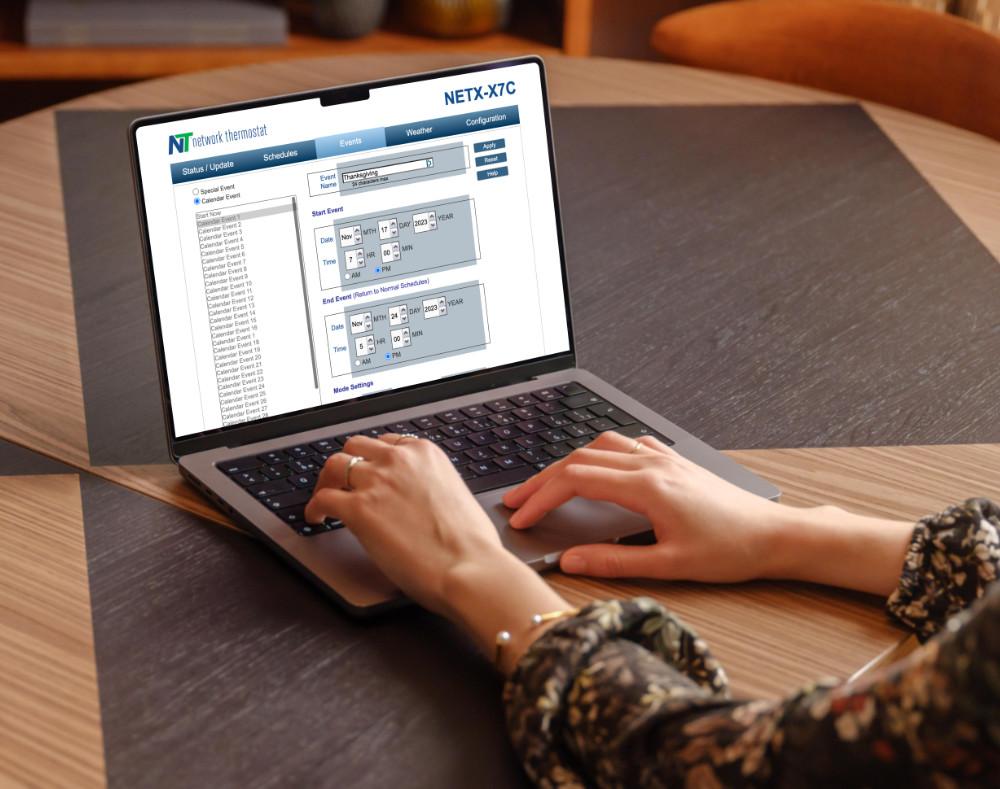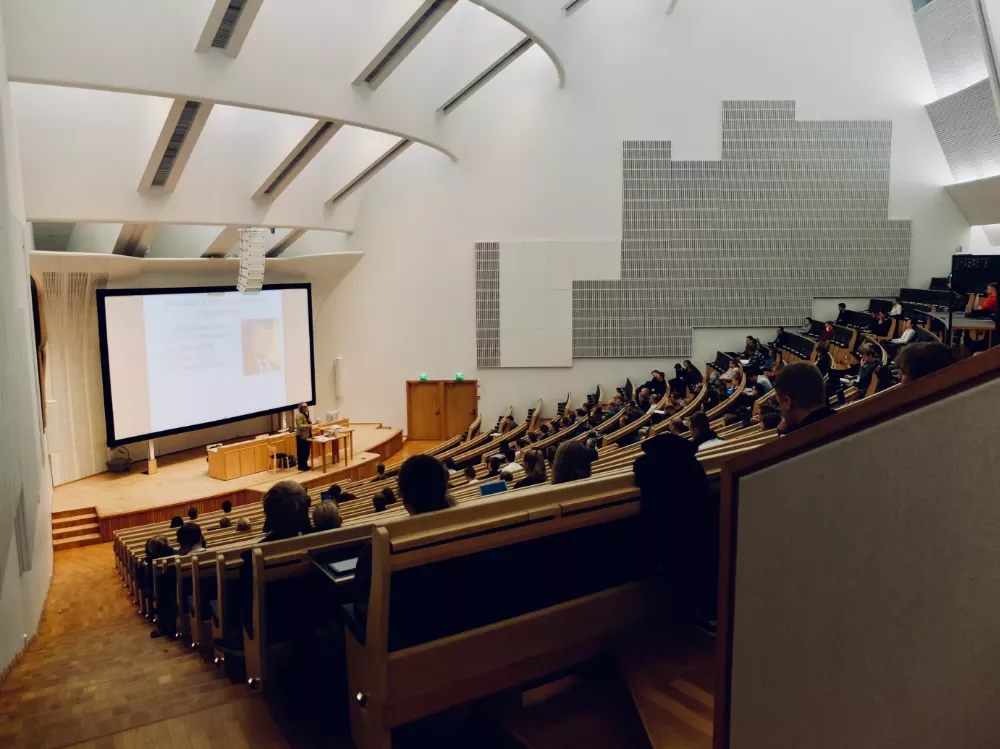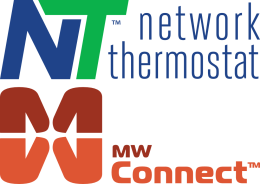Clarifying Wi-Fi Standards and Widely Held Myths
There are many rumors about where Wi-Fi is headed, what is going to happen with older Wi-Fi devices, and the impact on networks when the newer Wi-Fi versions are deployed. This short paper is to help clear things up as of April 2024. The need for faster and faster wireless communications will continue for years to come.













